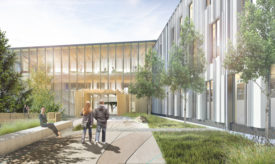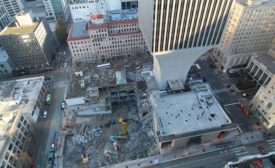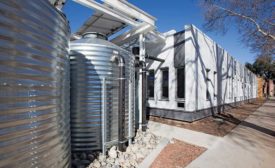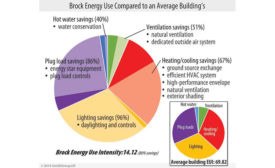Articles by Nadine M. Post
Santa Clara Stadium
Giving 'Team Building' New Meaning: Designers and contractors rely on collaboration to complete a stadium a year earlier than originally planned.
Read More
Copyright ©2024. All Rights Reserved BNP Media.
Design, CMS, Hosting & Web Development :: ePublishing



